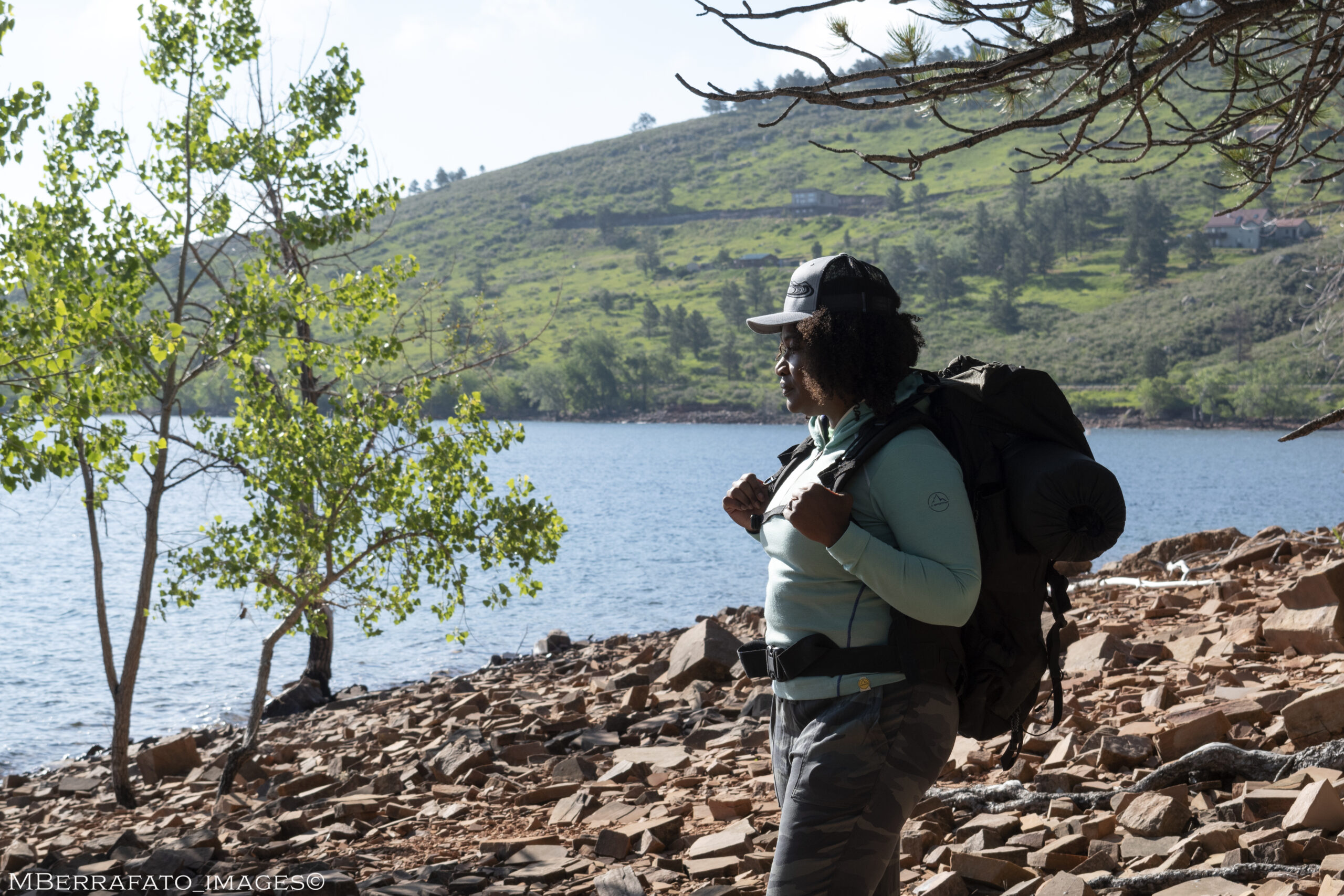Five steps to survive any natural disaster at home or on the go

Outdoorsy people like me can survive a natural disaster better than you because we stay ready. Most of us camp for five to thirty days at a time, bringing everything we need to survive without the possibility of help coming to save us in remote backcountry locations and waterways.
First, living in the Colorado Front Range in grasslands in the shadow of the Rocky Mountains, I quickly learned that I needed to be ready for everything. However, I am a native of New York City and have lived through blackouts that sent the city into violent chaos. On the other hand, I survived some of North Carolina’s worst hurricanes, tornadoes, and floods. And I weathered the monsoons and a violent mudslide that washed away our campsite in South Korea.
Yet, the potential dangers I face in Colorado gave me a new perspective on surviving natural disasters and everyday dangers. For example, in a week in 2020, I experienced temperatures going from seventy-eight degrees Fahrenheit to thirty degrees within an hour and nearly whiteout snow conditions. I was trail running with my dog, wearing a tank top, shorts, and running shoes at the time. Also, during this week, my neighbors—a herd of cattle were on the loose, two aggressive male elk trotted down the street, coyotes were walking in front of our home, ash from Colorado’s biggest wildfire rained down on our house, and a mountain lion took a nap in a neighbor’s open garage.
How to survive a natural disaster
So, how do you prepare to survive and thrive in a natural disaster?
As an eleven-year U.S. Army woman veteran and at fifty-five years old, my family and I have a plan to escape wildfires and an un-survivable drought. We are outdoorsy people.
To be transparent, I am an all-around adventure sportswoman. Our camping gear stays cleaned, stocked, and packed all the time. We have two sets of gear: the comfortable setup and the mountaineering setup. The mountaineering setup is in case we must walk or run away from our home with what we can carry on our backs. The comfortable format is in the event we can drive away. We can be out of our house, loaded, and gone with important papers and our survival gear within fifteen minutes or less, day or night.
Lastly, we are in good physical condition. In a natural disaster, you must be prepared to walk long distances and carry fifty or more pounds. In addition, you must maintain a good mental state and not panic or become too depressed to function.

There are five essential things you will need to survive anything.
Five essential elements to survive a natural disaster
- Make a plan—Create a “hunker down” plan and a “go plan.” Create a strategy that includes a plan for what you and your family will do if you are separated, where you will meet up, where you will ride out the disaster, and where to go if staying in place is unsafe. Everyone, regardless of age, needs to know the plan.
- Shelter—FEMA and other governmental agencies cannot simultaneously process or support many people. You have a better chance on your own if you are prepared. Think about the aftermath of Hurricane Katrina, the food insecurity during the COVID lockdowns, and the power outages that caused Texans to freeze to death in their homes. By buying a tent large enough for you and your loved ones, sleeping mats, and sleeping bags, you can stay warm at home or on the go.

Check your plan and gear annually. Inspect your food and water quarterly
- Food—Create a storage bin with storable (canned, packaged, or dehydrated) foods with twelve months or more shelf life. You can use this food to survive for five days, the average time FEMA advises you to prepare in an emergency. Your food bin will also be ready for a camping trip. Place all medications and first-aid materials in one place where you can quickly grab them and go.
- You should also consider starting a home garden in a container in a sunny window, rooftop, balcony, or backyard. Growing your own food gives you long-term food security.
- Water—When the power goes out or water treatment facilities are offline; you will not have access to potable or drinkable water. When you know a disaster is approaching, fill every tub in your home with water. Buy five-gallon jugs for camping at your favorite discount store and fill them with water. Get a water purification system like a LifeStraw bottle, for example. Bottled water will not be available in stores during a disaster.
- Safety—Learn to swim, own a personal flotation device, and get a kayak, raft, paddleboard, or canoe. Finally, know where to go to get to higher ground during a flood.
Adventure sports lifestyle might save your life

The adventure sports lifestyle might save your life.
So, start today. Get in better shape. Make a plan. Assemble the things you own and buy the additional survival gear little by little. You can find discounts and low-cost equipment at gear swaps, pawn shops, and garage sales.
Follow me on social media and WhitewaterTV to learn how to #GetOutsideAndAdventure.
The adventure sports lifestyle might save your life.
Check out Five Outdoorsy Ways to Prevent Deaths of Despair
#NewNormalBigLife #GetOutsideAndAdventure #AdventureTV #WhitewaterTV
